Celiac.com 08/01/2016 - If you are diagnosed with celiac disease, you have to completely avoid gluten for life. However, cutting out all gluten from your diet may seem quite daunting at first, but a gluten-free diet is the only remedy and treatment for this condition. Now you must be wondering what you can eat on a daily basis? Here are some tips to help you getting started with your gluten-free diet.
Tip 1: Look for Healthy Food Items
There are numerous food items which are naturally gluten-free. Stop worrying about the "off-limits" items, as there are plenty of healthy and gluten-free alternatives. These include the energetic ones such as meat, vegetables, fruits, poultry, fish, eggs, cheese, dairy items, nuts, legumes and beans. Above all, you should always consider eating food items that are healthy, and will help you maintain your physical fitness and body tone, rather than unhealthy replacements for the items you miss.
Tip 2: Avoid Eating Items Containing Gluten
Celiac.com Sponsor (A12):
Wheat gluten is one of the staple food items and is enemy number one for people who are suffering from gluten sensitivity. You should avoid foods that contain any gluten. It is not just wheat that is harmful for those with celiac disease, harmful gluten is also present in barley, rye, bulgur, seitan, and many other foods in for form of additives and thickeners in things like chicken broth, salad dressings, malt vinegar, soy sauce, etc.
However, not all grains need to be avoided, and you can eat foods made from corn, buckwheat, teff, amaranth, millet and quinoa, which are naturally gluten-free. Of course you need to be sure that you get uncontaminated versions, as some grains can be contaminated during processing.
Tip 3: Make a Habit of Reading the Food Labels
Now that you know that you must avoid gluten, it is time to take care of your diet. When going grocery shopping you should make a habit of reading the ingredient labels, which all foods should have on their labels.
While reading it, you will get an idea whether or not the product is suitable for you or not. You should carefully look out for ingredients including rye, wheat, barley, or any ingredient containing gluten. If you find any of these ingredients, avoid purchasing them and opt for other alternatives.
Tip 4: Be Vigilant When You Eat Out
Having celiac disease and being on a gluten free diet, does not mean that you should avoid going to restaurants and eating out. You can eat out but you need to be careful with the food items that you choose to eat, and how you order your food. Try to stick with a gluten-free menu if they have one, or foods that you understand the basic preparation methods and ingredients, for example steamed vegetables and grilled meats. Above all be sure that you are sticking to your gluten-free diet to maintain your health and fitness. When there is no gluten-free menue it might make sense to avoid eating fried items and foods containing sauces, because they can be a source of hidden gluten. It is always wise to inform your chef beforehand about the dietary restrictions for a safe gluten-free eat-out.
People with celiac disease can sometimes feel miserable due to their restricted diet, but they should not be sad because gluten-free meals can also be delicious and healthy, and often taste just as good as the foods that contain gluten.
Now that you know these tips, we hope you will be able to get started with your gluten-free diet effectively.
Sources:
- Open Original Shared Link



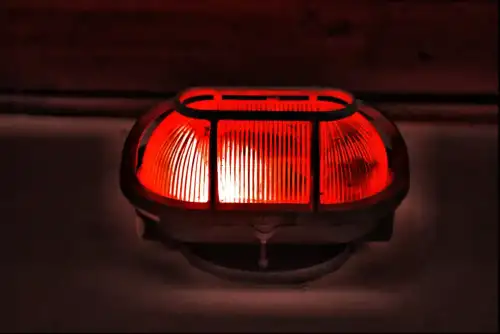



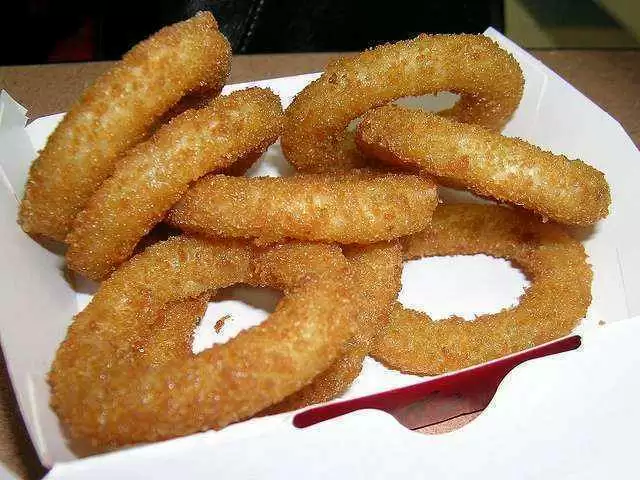

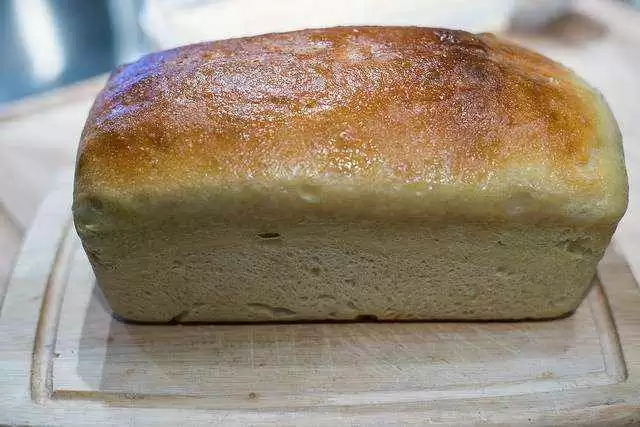
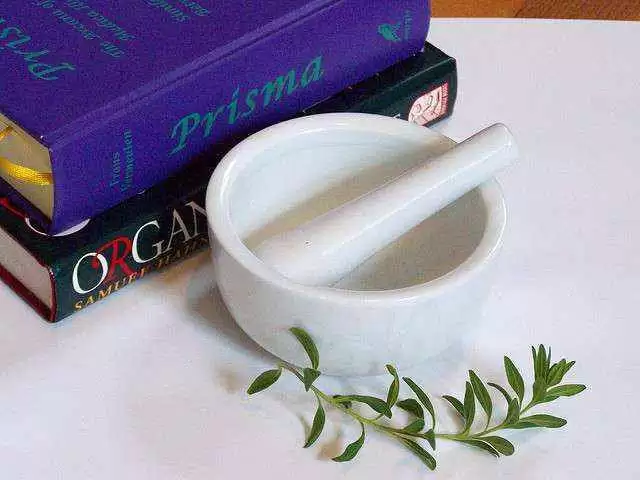

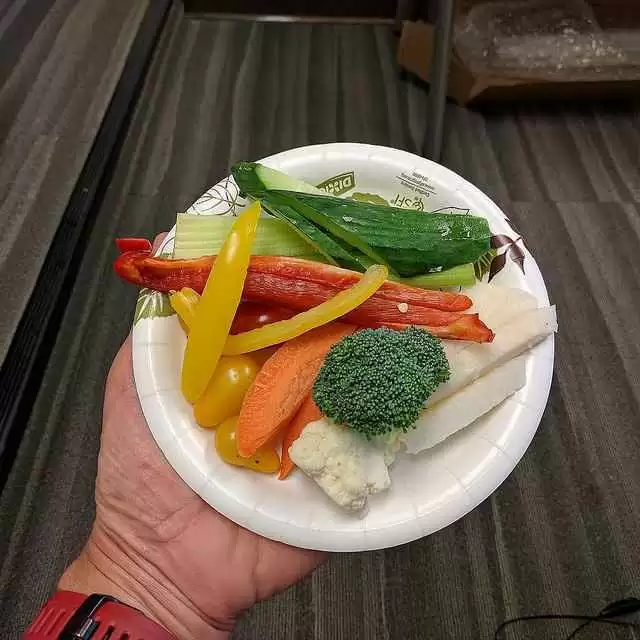



Recommended Comments